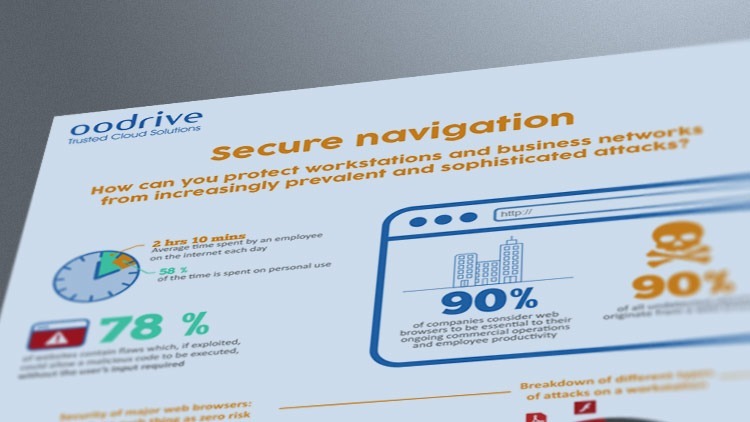A true driver of performance – the electronic signature will revolutionize the way your business operates. Taking the time to structure the roll-out is vital. This approach allows you to identify any obstacles, manage expectations, and bring teams and departments together. That increases your chances of success and ensures that you reap the rewards both now and over the years to come.
Electronic signature : identify your aims
To develop strict specifications and involve internal users, it is important to identify what you want to achieve by introducing the electronic signature. Your aims could be to:
- Offer a 100% digital process for B2C or B2B, for subscribing to an online service, completing online sales, concluding an insurance policy or a loan, or validating accounting records.
- Streamline internal processes and refocus teams on tasks with high added value, for businesses that deal with large volumes of documents such as invoices, purchase orders, and contracts.
- Boost the security of communications specifically for those which require a high level of confidentiality and security, e.g. medical reports, seizure orders, notary deeds, and tenders.
Form the task force
When it comes to rolling out the electronic signature in your business, you need to rally the troops, including management representatives from IT, Legal, HR, Marketing, and Sales. Forming a multidisciplinary team will allow you to bring together a diverse group of stakeholders. All roles complement each other and are essential to the success of the project.
The team leader is the driving force behind the task group and is responsible for setting the pace and motivating their team to roll out the electronic signature.
Appoint an internal sponsor
Switching to the electronic signature is a strategic move for a company. So it’s important to designate a sponsor at executive level. This underlines the priority nature of the project and ensures decisions can be made more quickly.








